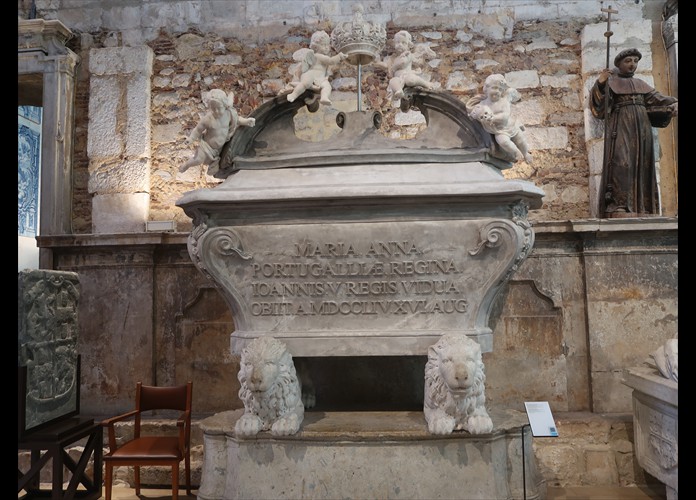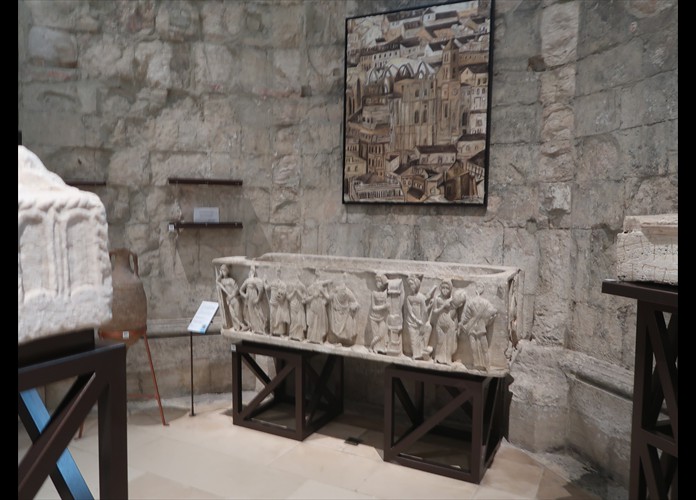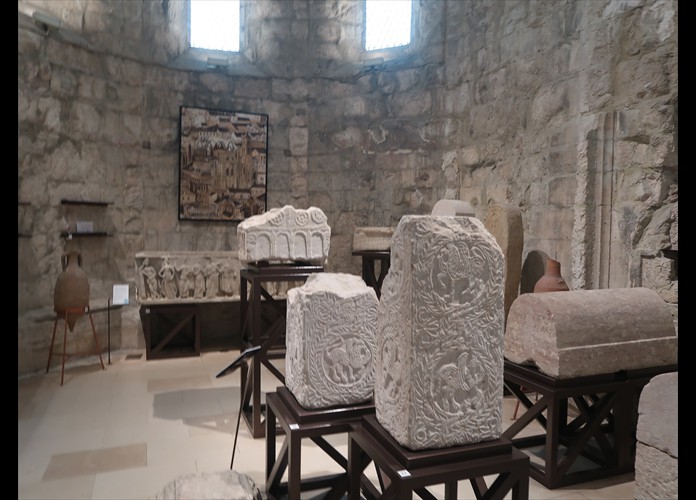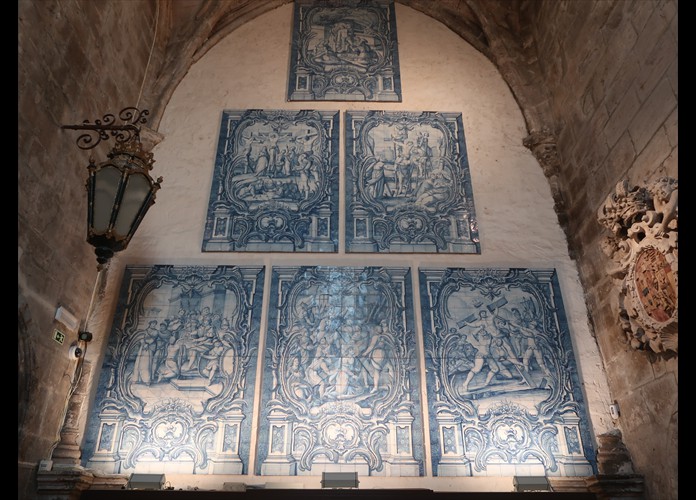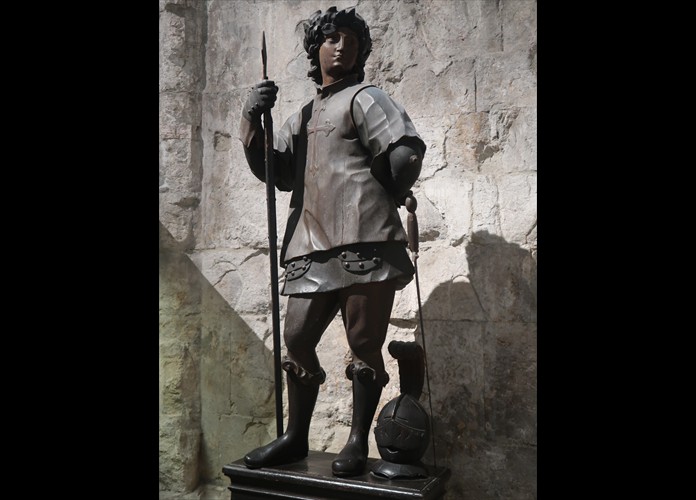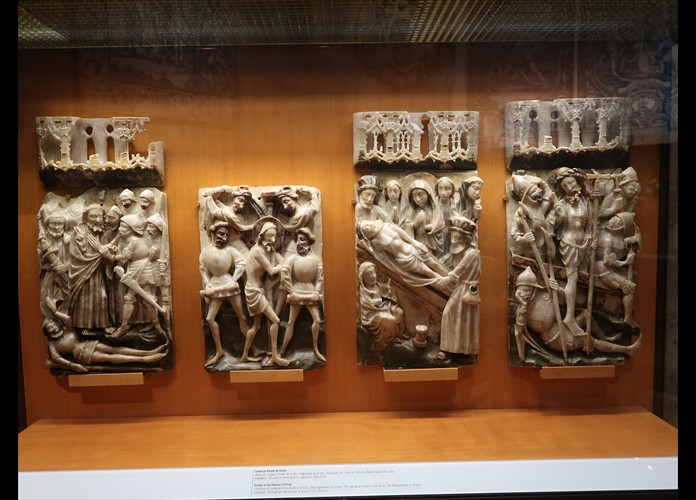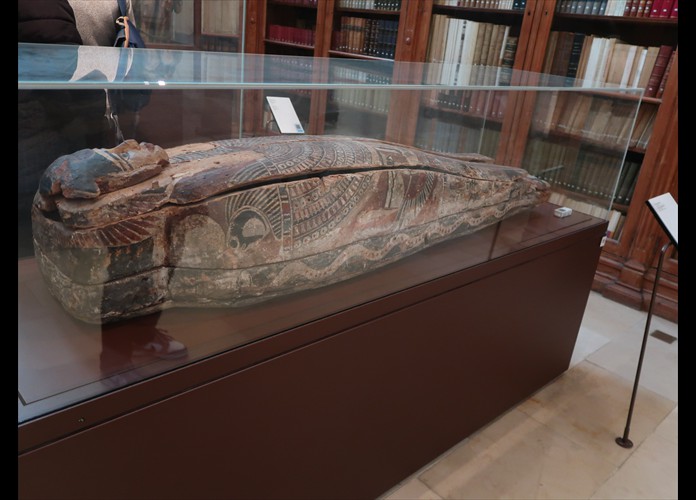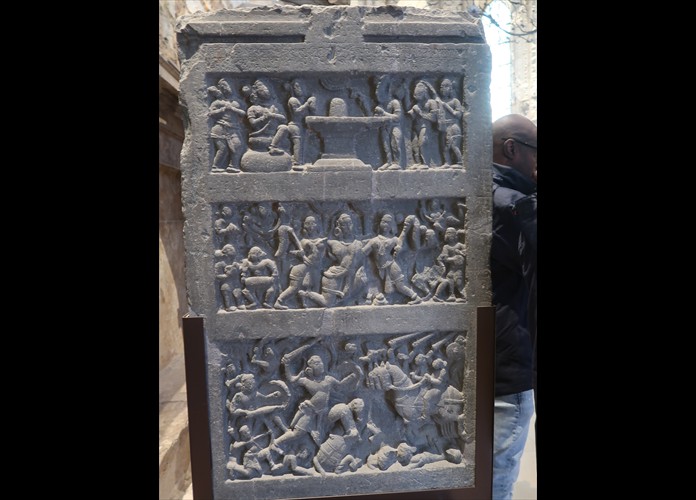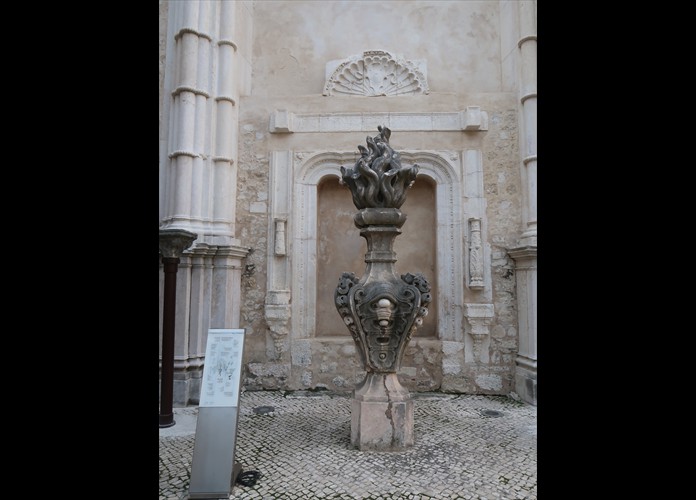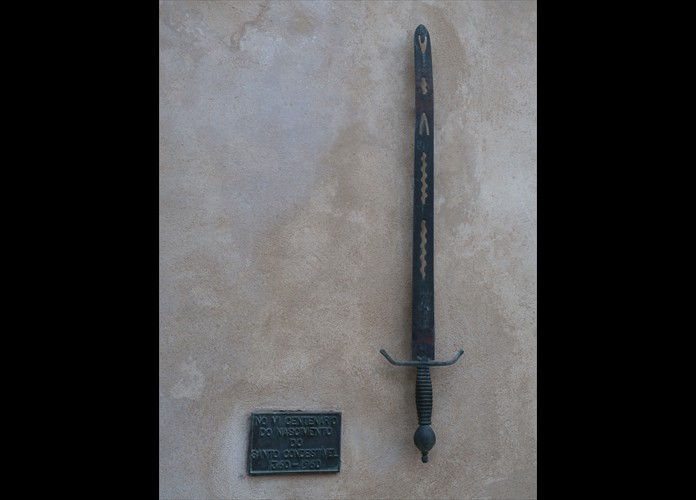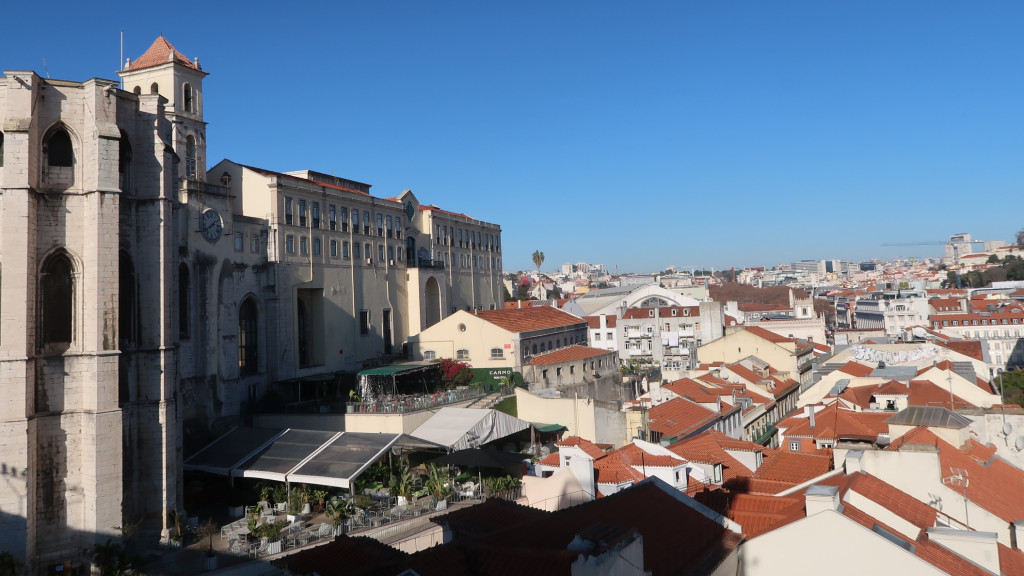
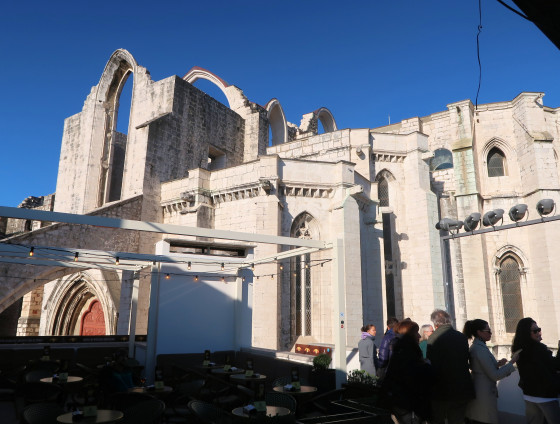
Right next to the Elevador de Santa Justa on the hill overlooking Lisbon stands a ruin. The walls of the nave without a roof are visible from afar. The Convento do Carmo was destroyed in the earthquake of 1755 and is still one of the few clearly visible reminders of the great earthquake.
The convent is located in the Chiado neighbourhood on the border with the Bairro Alto, on the hill above Rossio Square and opposite the Castelo São Jorge.
As there is no roof, it is particularly beautiful here on sunny days: the blue of the sky goes so well with the stone arches of the ruins in the warm sunlight.
In 1863, the royal architect Joaquim Possidónio da Silva founded the Association of Civil Architects of Portugal, which later became the current Association of Portuguese Archaeologists.
About a year later (1864), the Archaeological Museum was founded here, dedicated to preserving and exhibiting important sculptures from ancient ruins (mainly from the monasteries abolished in 1834) as well as parts of the church itself discovered in the ruins.
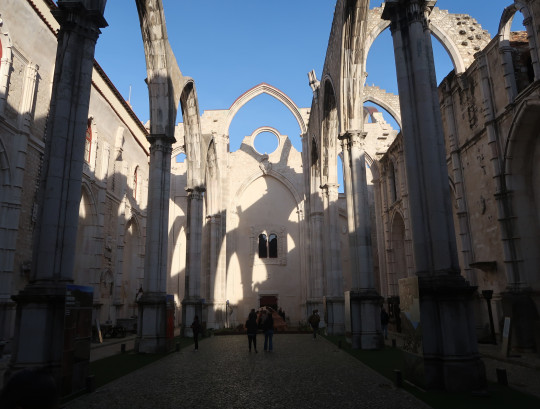
The ruins of the Igreja do Carmo church still give an idea of its former splendour. It was built in the Lisbon Gothic style, easily recognisable by the arches. Construction lasted from 1389 to 1423 and the Convento do Carmo was founded by the knight Nuno Álvares Pereira, who was a well-known military commander at the time and one of the most important military commanders after the king.
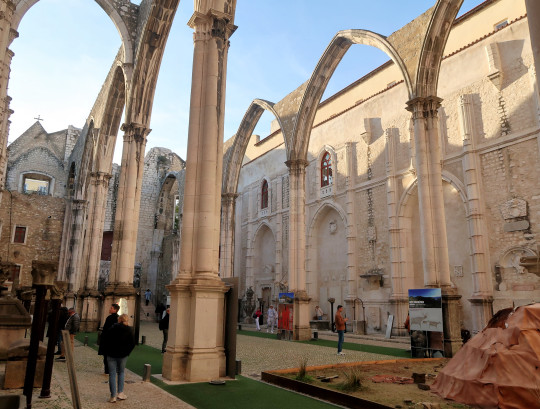
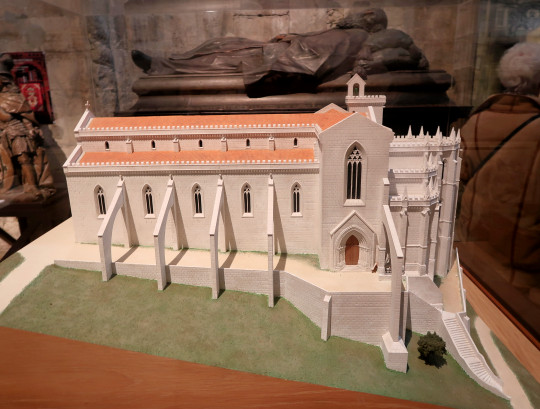
Model of a reconstruction of the monastery church
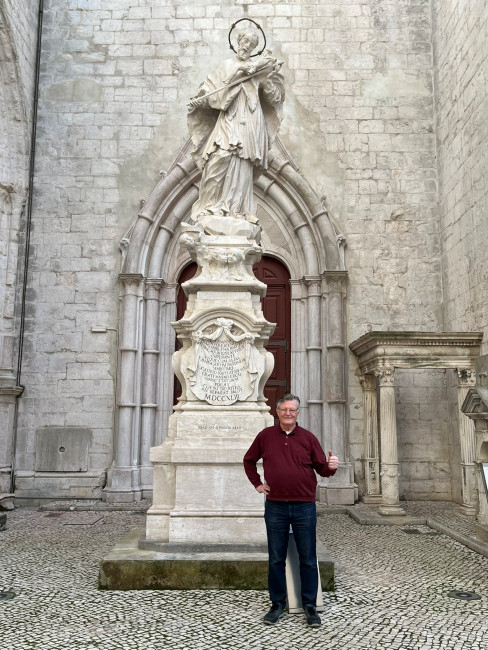
This huge (6 metre high) statue of Nepomuk is located in the church ruins. Find out more about it in the Nepomuk collection.
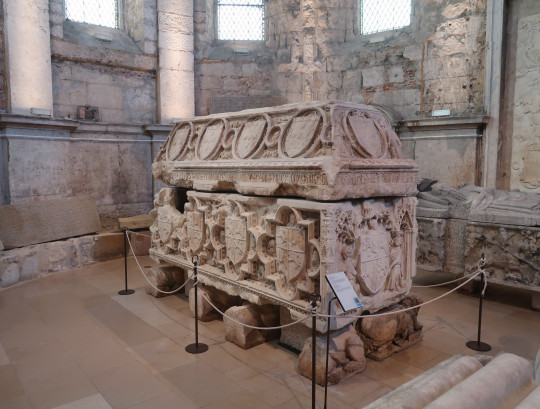
Tomb of king D. Fernando I
Convent of S. Francisco, Santàrem, 14th century
Finely sculpted in relief, the main side depicts scenes from the life and miracles of St. Francis of Assisi. The remaining sides and the capstone show religious and lay figures, as well as a group of fantastic creatures and an alchemist in his labatory.
